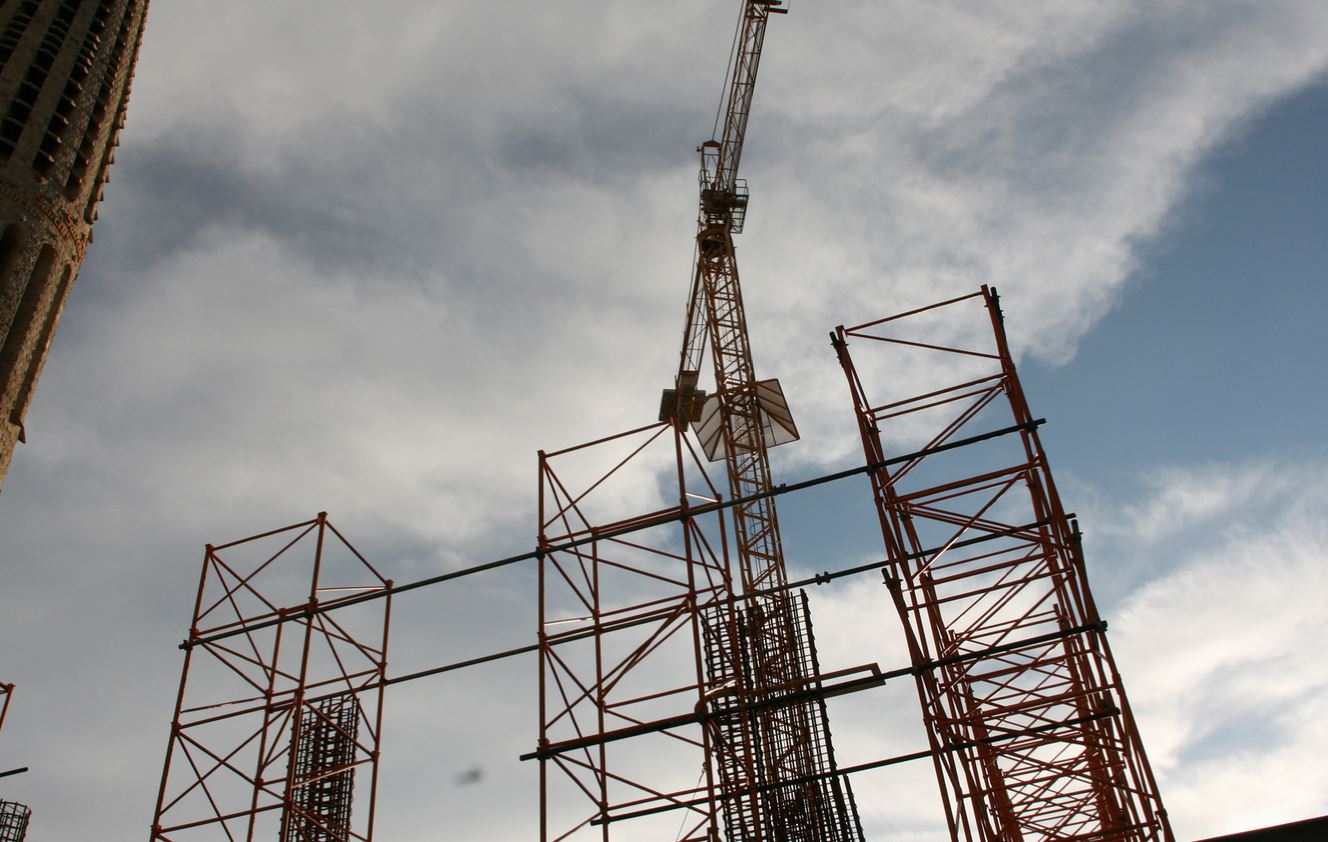The World's Tallest Scaffold Towers
2015.06.27
Professionals have used scaffolding to help create their masterpieces for more than one-hundred years. While the towers they build might look unstable, they offer some much-needed support when working at great heights. Over the years, scaffolding has been used during the construction of some of the biggest buildings in the world. Thousands of tons of metal and wooden planking have been used, and some scaffold workers have almost touched the sky. To give some credit to the industry and highlight their hard work, we did some research into the tallest scaffold towers ever built.

image via
Will we continue to see the use of scaffolding in construction moving forward? That is hard to tell. As 3D printers are now capable of building a bridge in Amsterdam, who knows where technology is going to lead us in the future. At the end of the day, scaffolding workers do not get the credit they deserve. We offer a hand of congratulations to them all for a job well done! Without their fearless assistance, some of the most impressive constructs in the world might never have been finished.
We wouldn’t want to do your job ourselves, but we’ve very glad that you enjoy it so much! Stay safe, and keep building!

image via
Burj Khalifa - Dubai
As it is the tallest man-made structure in the world, workers on the Burj Khalifa needed a strong stomach. They also needed a good head for heights as the scaffolding used soared to over 829.8 m. Most people in the industry could not imagine working so high up in the clouds. Indeed, it must have been pretty shaky and windy up there during the early building stages. It was one of those astounding scaffolding projects that the world will never forget. We wonder whether workers were rewarded fairly for taking so many risks and putting their life on the line? Probably not.Shanghai Tower - Shanghai
The Shanghai Tower is still under construction. That means building teams are using scaffolding to reach elevated areas right now. There are a few photographs knocking around online for people who want to see the sheer height involved. A Chinese development firm is running the job, and so you can bet the workers are not subject to the strictest of health and safety rules. We wish them all good luck and hope everyone comes down safely when the building is complete.International Commerce Centre - Hong Kong
Is anyone noticing a pattern here? It seems most of the largest scaffolding projects are undertaken in Middle Eastern and Asian nations. The International Commerce Centre in Hong Kong is a marvel of modern architecture. Standing at 484 m tall, the scaffold experts involved had to build platforms right to the top of the construct. That is because the design meant that it was impossible to complete much of the work from the ground. All scaffolding was removed from the building in 2010 just before it was opened. However, you can still find some photos online if you look hard enough.Will we continue to see the use of scaffolding in construction moving forward? That is hard to tell. As 3D printers are now capable of building a bridge in Amsterdam, who knows where technology is going to lead us in the future. At the end of the day, scaffolding workers do not get the credit they deserve. We offer a hand of congratulations to them all for a job well done! Without their fearless assistance, some of the most impressive constructs in the world might never have been finished.
We wouldn’t want to do your job ourselves, but we’ve very glad that you enjoy it so much! Stay safe, and keep building!
More Articles
Copyright © Fooyoh.com All rights reserved.